Python for Finance Cookbook: Over 80 powerful recipes for effective financial data analysis, 2nd Edition
£36.10
Use modern Python libraries such as pandas, NumPy, and scikit-learn and popular machine learning and deep learning methods to solve financial modeling problems
Purchase of the print or Kindle book includes a free eBook in the PDF format
Key Features
- Explore unique recipes for financial data processing and analysis with Python
- Apply classical and machine learning approaches to financial time series analysis
- Calculate various technical analysis indicators and backtest trading strategies
Book Description
Python is one of the most popular programming languages in the financial industry, with a huge collection of accompanying libraries. In this new edition of the Python for Finance Cookbook, you will explore classical quantitative finance approaches to data modeling, such as GARCH, CAPM, factor models, as well as modern machine learning and deep learning solutions.
You will use popular Python libraries that, in a few lines of code, provide the means to quickly process, analyze, and draw conclusions from financial data. In this new edition, more emphasis was put on exploratory data analysis to help you visualize and better understand financial data. While doing so, you will also learn how to use Streamlit to create elegant, interactive web applications to present the results of technical analyses.
Using the recipes in this book, you will become proficient in financial data analysis, be it for personal or professional projects. You will also understand which potential issues to expect with such analyses and, more importantly, how to overcome them.
What you will learn
- Preprocess, analyze, and visualize financial data
- Explore time series modeling with statistical (exponential smoothing, ARIMA) and machine learning models
- Uncover advanced time series forecasting algorithms such as Meta’s Prophet
- Use Monte Carlo simulations for derivatives valuation and risk assessment
- Explore volatility modeling using univariate and multivariate GARCH models
- Investigate various approaches to asset allocation
- Learn how to approach ML-projects using an example of default prediction
- Explore modern deep learning models such as Google’s TabNet, Amazon’s DeepAR and NeuralProphet
Who this book is for
This book is intended for financial analysts, data analysts and scientists, and Python developers with a familiarity with financial concepts. You’ll learn how to correctly use advanced approaches for analysis, avoid potential pitfalls and common mistakes, and reach correct conclusions for a broad range of finance problems.
Working knowledge of the Python programming language (particularly libraries such as pandas and NumPy) is necessary.
Table of Contents
- Acquiring Financial Data
- Data Preprocessing
- Visualizing Financial Time Series
- Exploring Financial Time Series Data
- Technical Analysis and Building Interactive Dashboards
- Time Series Analysis and Forecasting
- Machine Learning-Based Approaches to Time Series Forecasting
- Multi-Factor Models
- Modelling Volatility with GARCH Class Models
- Monte Carlo Simulations in Finance
- Asset Allocation
- Backtesting Trading Strategies
- Applied Machine Learning: Identifying Credit Default
- Advanced Concepts for Machine Learning Projects
- Deep Learning in Finance
Read more
Additional information
| Publisher | 2nd edition (30 Dec. 2022), Packt Publishing |
|---|---|
| Language | English |
| Paperback | 740 pages |
| ISBN-10 | 1803243198 |
| ISBN-13 | 978-1803243191 |
| Dimensions | 19.05 x 4.24 x 23.5 cm |

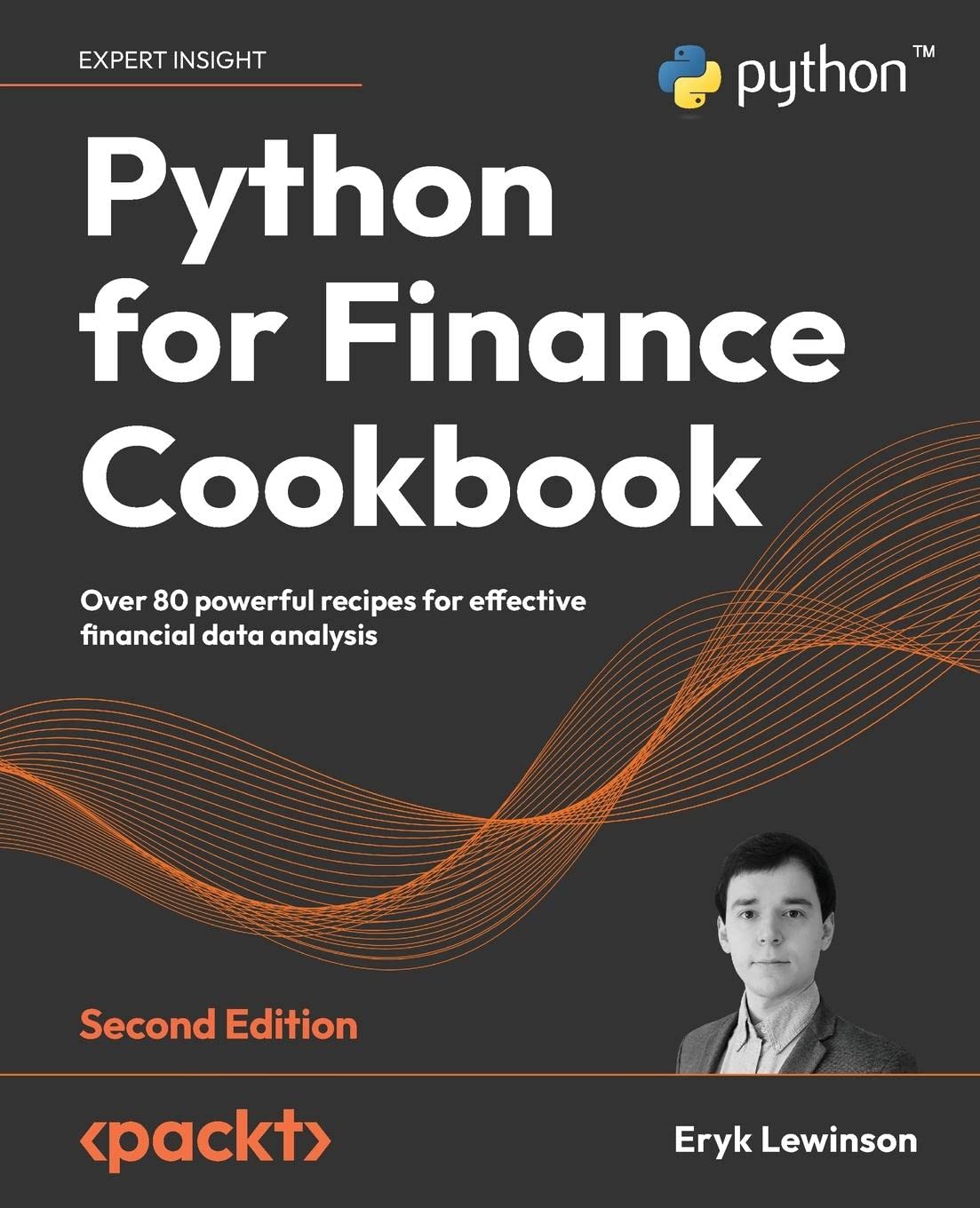
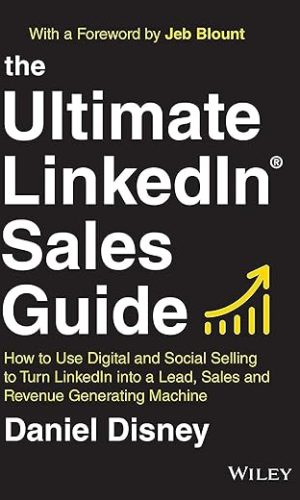


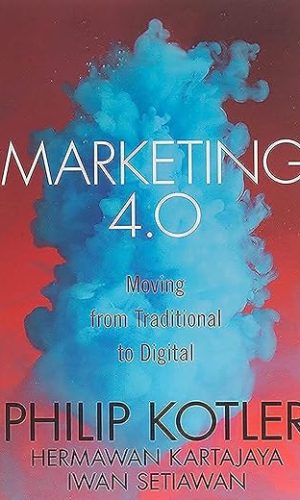

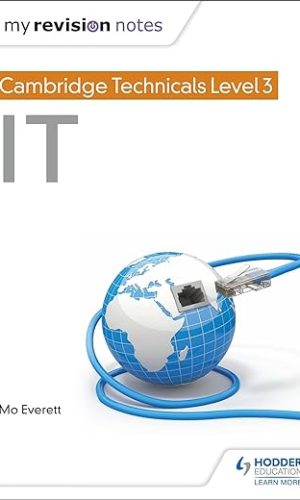

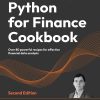
by E. Leonard
Immediately what drew me in was the table of contents, describing topic, how to do it, how it works and additional info. Clearly the author has spent time to think what are people really looking for from a book like this and this level of clarity is right on the money for me.
After working through some of the typical data sources and how they work we move on processing and preprocessing the data. You’ll covers time series basics as well as setting your configurations for how the data is handled, handling poor/missing data and making conversions where necessary to get a good data set that can be used to visualise upon using approaches such as candlestick charts.
The next phase of the book goes deeper into analysis and dashboarding using popular libraries like Streamlit here you get enough knowledge to build simple web apps and can easily pickup the official docs to expand your knowledge if you’re looking to add further complexities or component types. You then move in to ML based approaches to forecasting with time series datasets and MonteCarlo simulations.
Asset allocation is not a key strength for me so I enjoyed exploiting this section and would like to read it again and further texts to bolster my understanding.
The latter sections again deal with more advanced topics that I got to expand on the knowledge I had. Again this compounded my enjoyment to the What it is, how it works, what else do you need to know approach to the topics.
Overall this book covers a wealth of knowledge from beginner concepts to really quite advanced, I would more say it is aimed at those who already have some knowledge and skills with finance and python already. The motivated beginner could work through it but if you are experienced the structure of the book will probably resonate with you better. Overall I found it a fascinating read and would expect to read it again for areas that I am stuck unsure of or where I get a little rusty. A title that can certainly justify claiming some space on your bookshelf. 4.5 stars.
by Asha
Having just started as a Junior Data Scientist this book was really helpful for time series analysis and forecasting. It’s not for beginners you need to have some basic understanding of Python and data analysis to get the most out of this book. I don’t work in the Finance industry but it was nice to learn more about financial data.
by ak
Really well structured, well written, and the code is thoughtfully put together. This is a complex topic and the direct writing style and real world insights make this a book well worth the asking price. Solid.
by Rob
I was sent an early review copy of this to review and have to say, for someone who has worked with Python, it gives a very comprehensive walkthrough of how to connect to and work with Finance data in many ways.
The examples are worked through methodically and then each step is explained in detail so the reader gets to understand the ‘how’ and ‘why’ of what they are doing.
It’s a very useful book for a Data Scientist or a Data Analyst looking to advance their skillset.
Just a slight warning, this book doesn’t aim to give beginners the basic understanding of how to use Python, install modules, the different UIs available, etc so if you’re new to Python, I’d suggest starting with a basics book first
by Ibin Omer Taha
Very good reference book. it covers a lot of essential materials for analysing financial data.
by Arden
Eryk Lewinson has just made time-series analysis much more simplified, it’s impossible to make such a complicated topic so interesting!
Though the book requires some kind of expertise in Python and Statistics it’s worth the price!
It’s an Effective recipe for easy finance!